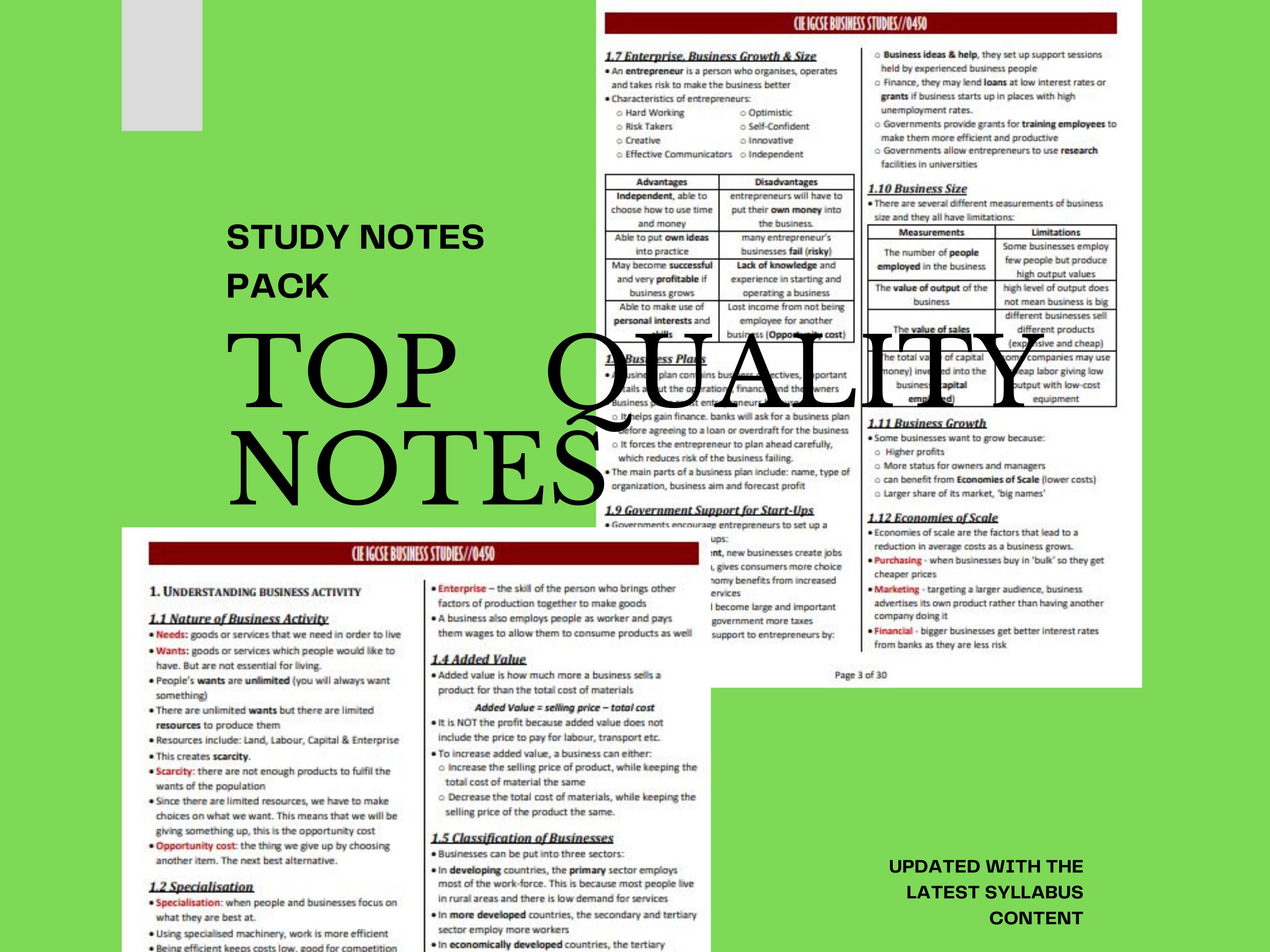

Simple income statements are covered as well as statements of financial position and the analysis of accounts including why and how accounts are used. This finance and accounting section covers the need for and sources of business finance, cash-flow forecasting and working capital. The section concludes with the importance and methods of achieving quality in the production process and location decisions of businesses. The different costs of production and break-even analysis are covered. The focus is the functional area of production and includes the meaning and methods of production and how productivity can be increased. Marketing strategies to influence consumer decisions at home and in new foreign markets are the final topics in this section. The central role of the marketing mix, i.e.

The methods and importance of market research are covered. This section includes the role of marketing, the distinctions between niche and mass markets and the techniques of market segmentation. Finally, the section covers the importance and methods of effective internal and external communication. How businesses are organised and managed and the methods of recruitment, selection and training of employees are also considered. The focus is the functional area of human resources and includes the importance and methods of motivating a workforce.

How business size can be measured, types of business organisation, business objectives and stakeholder objectives are the concluding topics. Enterprise and entrepreneurs, and why some businesses grow while others remain small are further important issues. This section introduces the underlying ideas and concepts of business and includes the purpose and nature of business activity and how businesses can be classified.


 0 kommentar(er)
0 kommentar(er)
